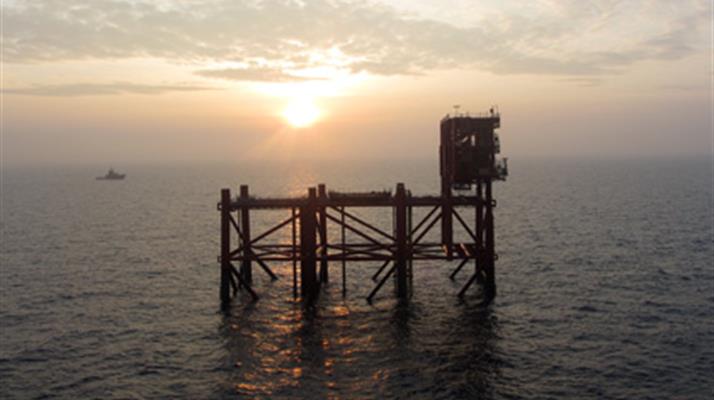
Hejre's jacket construction
In March 2012, DONG Energy awarded the consortium formed by Technip and Daewoo Shipbuilding & Marine Engineering (DSME) the task to design and deliver the complete Hejre platform. The consortium teamed up with the subcontractor Heerema Fabrication Group to construct and deliver the jacket for the Hejre platform.
An important part of our strategy
One of DONG Energy’s strategic goals is to double the oil and gas production.
The Hejre development is an important step for E&P on its way to reaching those targets, meaning that E&P must increase its production from 78.000 boe/day in 2012 to 150.000 boe/day in 2020. In 2015, DONG Energy expects to start commercial production from the Hejre field in co-operation with Bayerngas. DONG Energy is operator. The investment is the largest investment in the Danish sector of the North Sea for many years.